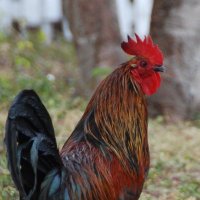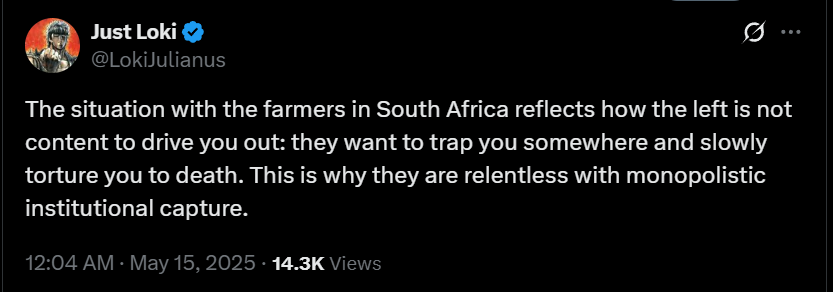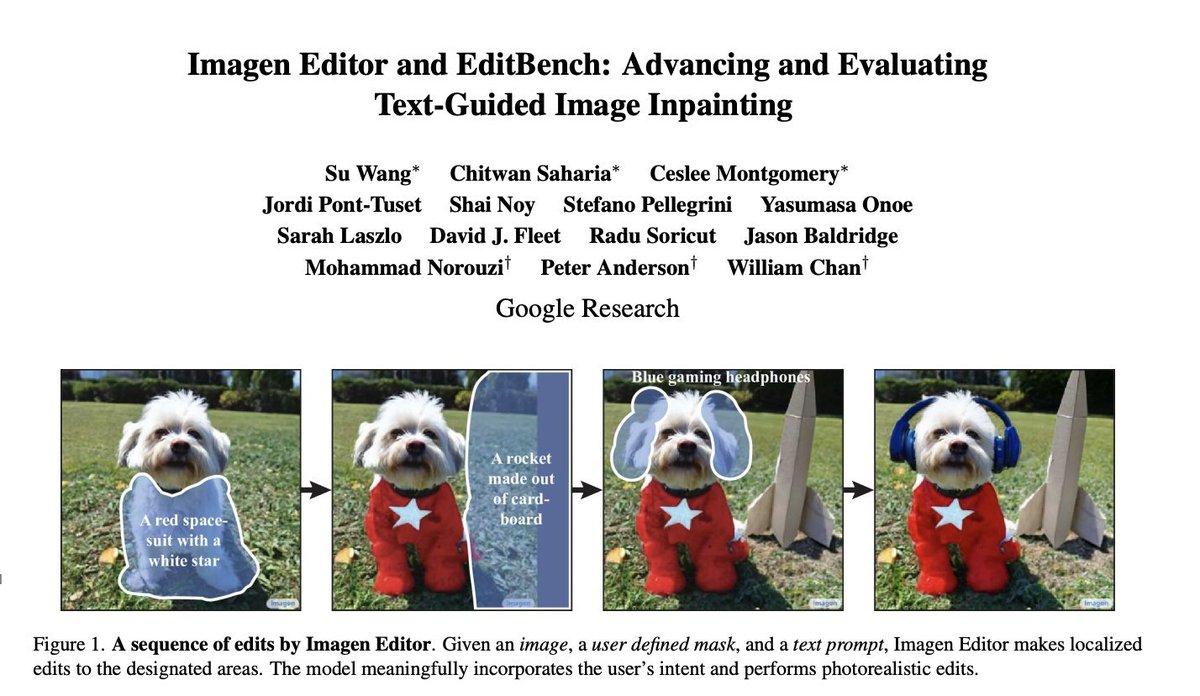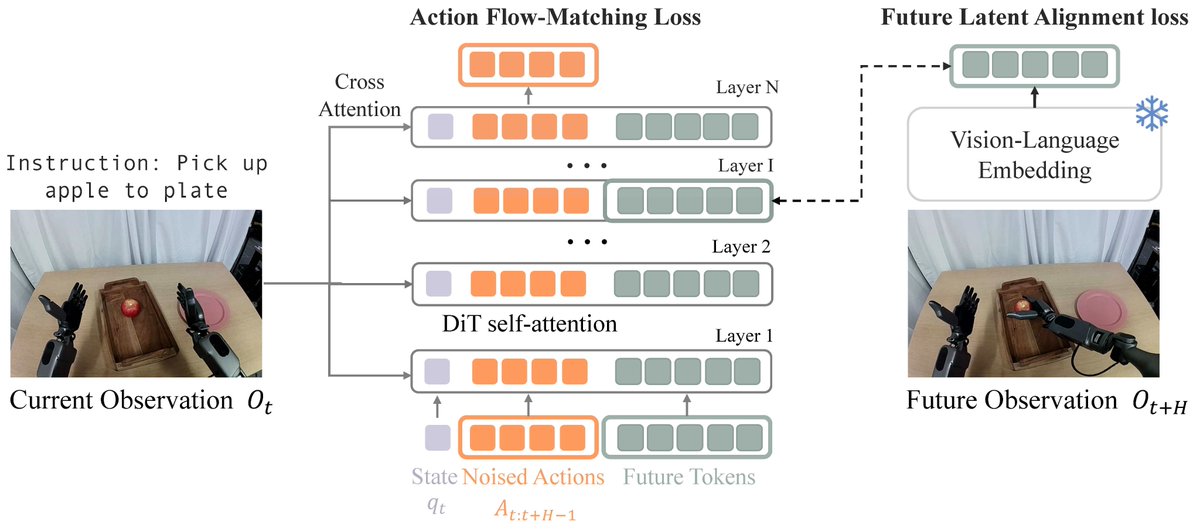
Scott Reed
@scott_e_reed
Research Scientist at NVIDIA working on generalist embodied agent research
ID: 4527505582
http://scottreed.info 18-12-2015 18:51:42
1,1K Tweet
16,16K Followers
516 Following





Don’t blink. The nuclear renaissance is underway thanks to President Donald J. Trump.

Today Deputy Secretary Christopher Landau welcomed the first group of Afrikaner refugees fleeing persecution from their native South Africa. We stand with these refugees, many of them farmers and former business owners, as they build a better future for themselves and their children here in the










Meet HopeJr, a full humanoid robot lowering the barrier to entry! Capable of walking, manipulating many objects, open-source and costs under $3000 🤯 Designed by Rob Knight and Hugging Face 👇







